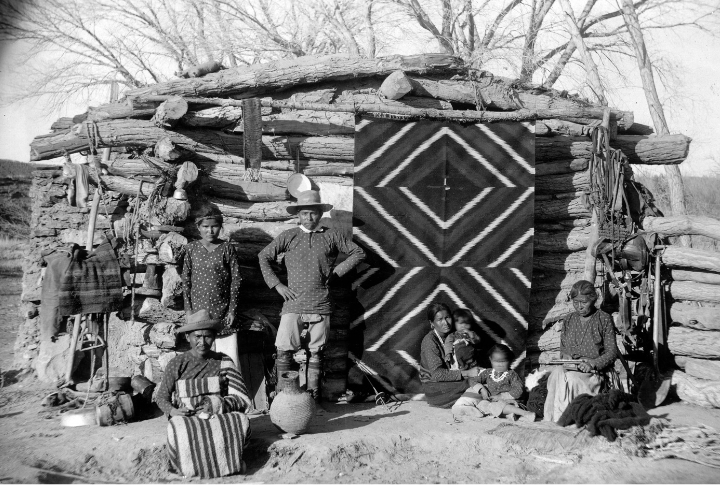
Do you ever wonder what homes looked like in the US long before the settlers arrived? Native American architecture was shaped by the environment and lifestyle of the people. They had clever designs and cultural significance. Take a look at these ingenious homes and where you can still find them today.
Grass Houses
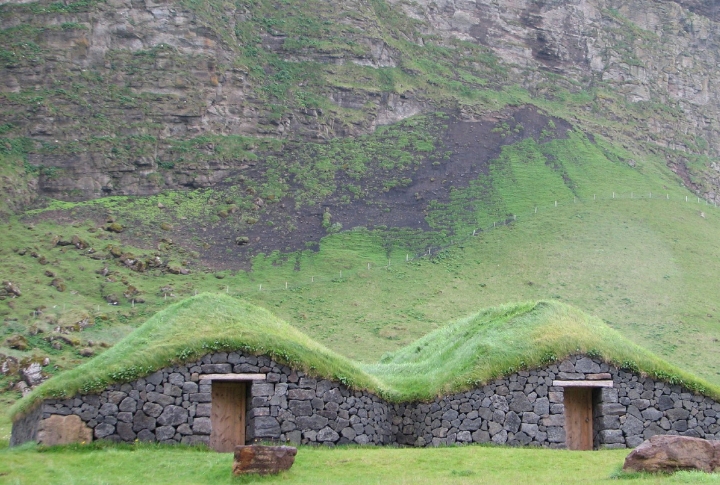
Grass houses, built by the Caddo people in the Southern Plains, featured wooden frames covered in tightly bound grass bundles. Their weatherproof design ensured comfort in all seasons. Replicas exist today at the Caddo Mounds State Historic Site in Texas, offering a glimpse into how these homes once stood against the elements.
Igloos
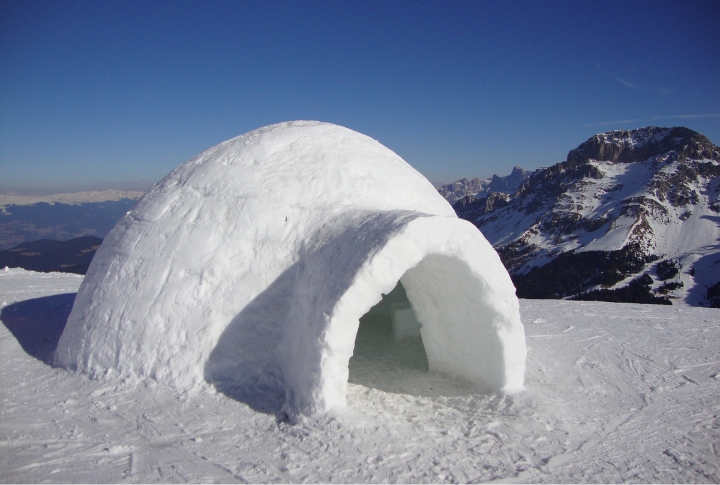
Igloos weren’t just frozen shelters—they were engineering marvels. Built by Inuit families, these dome-shaped structures used precisely cut ice blocks to trap warmth inside. While traditional igloos are rare, Borealis Basecamp in Alaska offers modern versions. Their ability to provide insulation in extreme cold made them vital for survival in Arctic regions.
Hogan
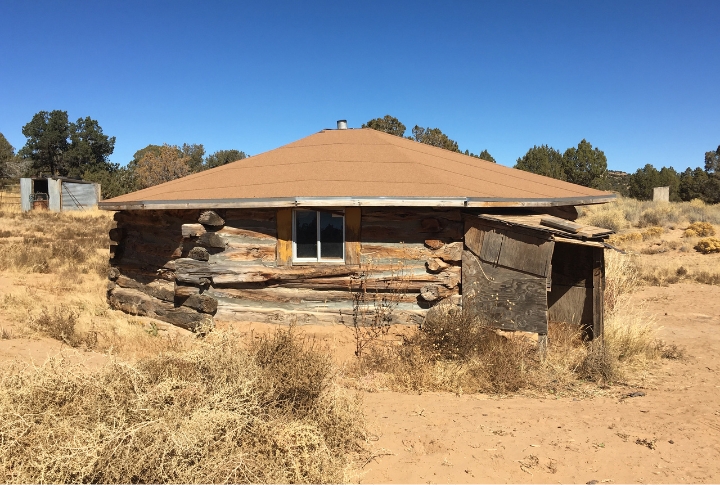
Navajo people had round, mud-covered homes called hogans. The east-facing doorway allowed sunlight to warm the interior. These homes were crafted from wood, mud, and adobe. You can visit real hogans in Arizona’s Navajo Nation and get a feel for how these homes fit their environment and beliefs.
Tipis

Built for mobility, these cone-shaped dwellings made from wooden poles and animal hides allowed the Lakota and other nomadic tribes to follow buffalo herds with ease. Even today, the tradition remains alive. Festivals across the Plains feature reconstructed tipis, demonstrating how effortlessly they could be set up or taken down.
Earth Lodges
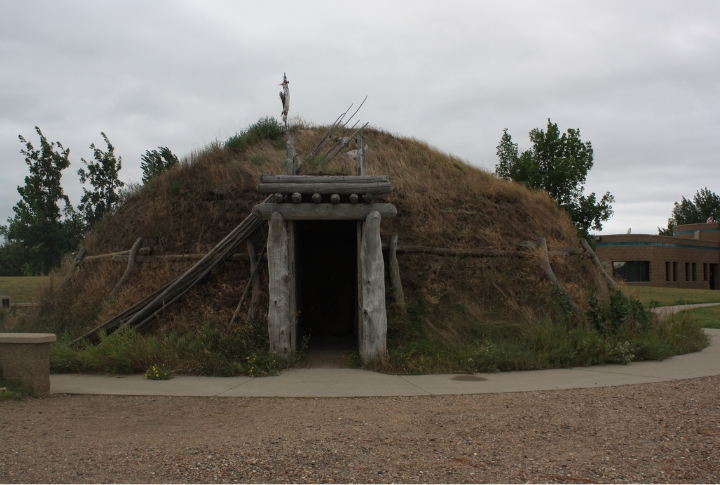
Shelters that stayed warm in winter and cool in summer were essential for survival in the Missouri River region. The Mandan and Hidatsa achieved this by digging earth lodges partially underground. A visit to Knife River Indian Villages in North Dakota reveals how these homes, with thick earthen walls, provided reliable insulation year-round.
Pit Houses

The Ozette Archaeological Site in Washington preserves Pit Houses. These houses help us understand how early tribes adapted to their environment for comfort. Tribes dug pit houses into the ground for warmth. Moreover, the timber and earth roofs provided insulation, maintaining warmth in winter and a cooler interior during summer.
Cliff Dwellings
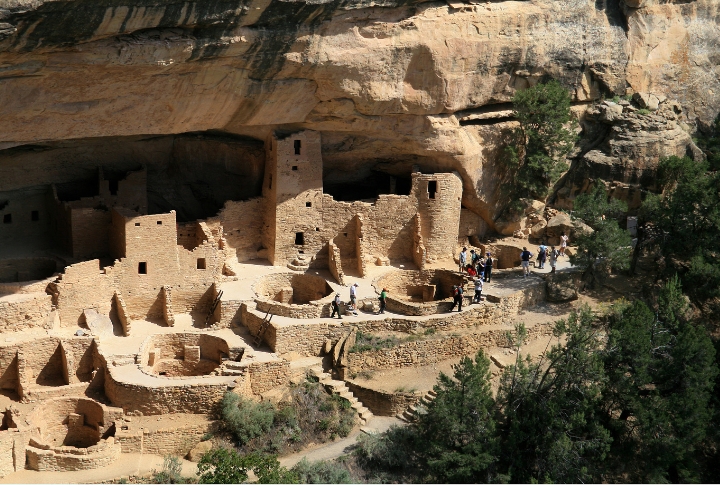
The Ancestral Puebloans built homes on the cliffs for safety and protection. Since these dwellings were carved into the rock, they offered natural defense from weather and invaders. At Mesa Verde National Park, there’s the Cliff Palace, which is a great example of clever design and advanced building techniques.
Chickees
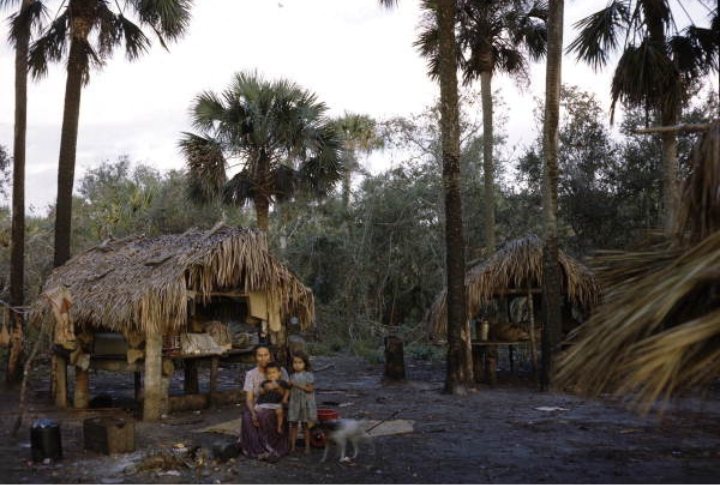
Currently, the Ah-Tah-Thi-Ki Museum in Florida has an authentic chickee. Chickees were open-sided homes with thatched roofs made from palm leaves. The raised structure kept the people safe from floods and pests, which helped the Seminole groups survive in the swampy environment.
Adobe Pueblos
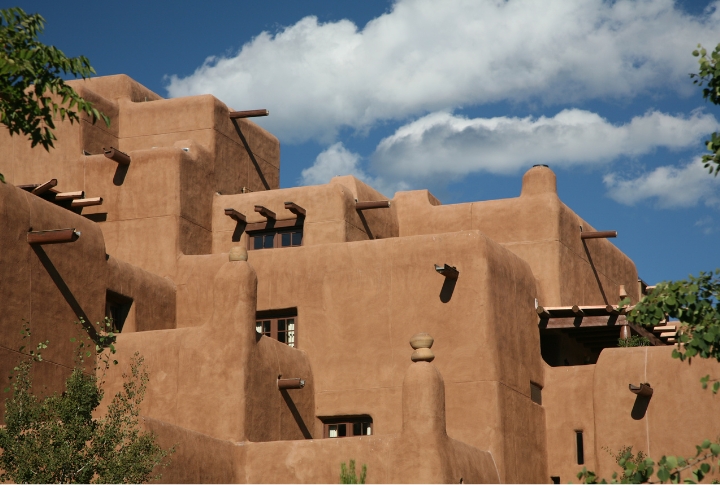
Adobe pueblos were made from sun-dried mud and straw. Those multi-story homes remained cool even in the desert heat. Taos Pueblo in New Mexico is a great example. This UNESCO World Heritage site still houses people and gives visitors a chance to see ancient life in action.
Wetu
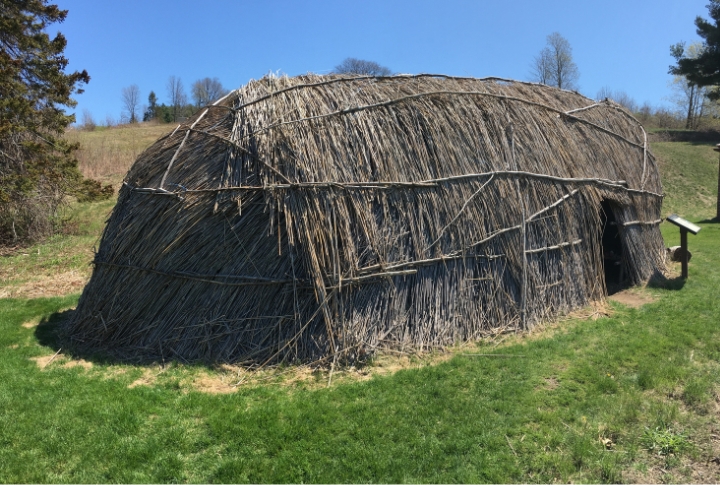
Lightweight yet sturdy, these seasonal homes suited the Wampanoag way of life. Wooden poles formed the frame, while bark or reed mats provided protection from the elements. Wetus were essential shelters mainly used during the growing season. Today, reconstructed versions at the Mashpee Wampanoag Museum help visitors understand this traditional lifestyle.

